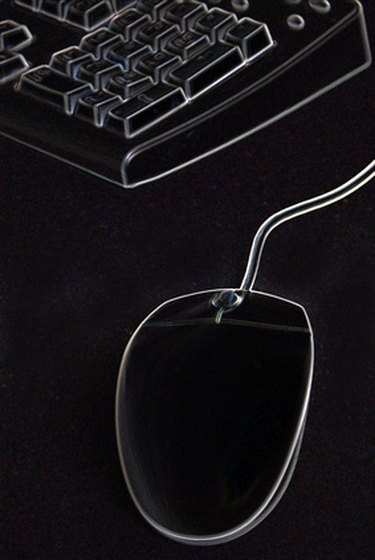
Hybrid computers have the features of both analog and digital computers. The digital component behaves like the controller, providing logical operations. The analog behaves like the 'solver,' computing differential equations. Easy2Source Electronics says, "Hybrid computers have been necessary for successful system development and are generally used in scientific applications or in controlling industrial processes."
Speed
Video of the Day
Hybrid computers have tremendous computing speed enabled by the all-parallel configuration provided by the analog subsystem. This is particularly useful when numerical solutions for differential equations are required, such as in the case of flight simulation. Analog systems have been used for these purposes and are faster than digital computers; they provide the solutions in a shorter time. However, the precision and accuracy of these results are questionable. A hybrid computer on the other hand, provides quick, precise results and is particularly useful when big equations need to be managed in real time and the results are required almost immediately.
Video of the Day
Precision
The results provided by hybrid computers are precise, accurate, more detailed and much more useful when compared to their earlier counterparts. This is enabled by the digital component of the hybrid computer. With the hybrid computer, "seed" values are generated quickly, but are mathematically precise as this is achieved from the analog computer front-end. These results are then fed into the digital computer which uses an iterative process and gets the precise and accurate (accurate up to 3 to 4 digits) numerical seed. The total computation time taken to achieve this precise seed value is less than a simple analog or digital computer alone. The combination of speed and precision is extremely important for real time applications like weather system computation or high frequency phased-array radar.
On-Line Data Processing
Professionals in the field of medicine have been using digital computers for various purposes. Considering the speed with which hybrid computers are able to process data, on-line data processing is now being explored. In fact a hybrid computer has been installed at the Bio-Medical Engineering Center at the Ohio State University wherein the cardiac catheterization data from different hospitals is transmitted to the hybrid computer through infrared optics. This data is analyzed in real time and the results made available to the physician immediately. Thus, the waiting period between the catheterization procedure and the result generation is considerably reduced.